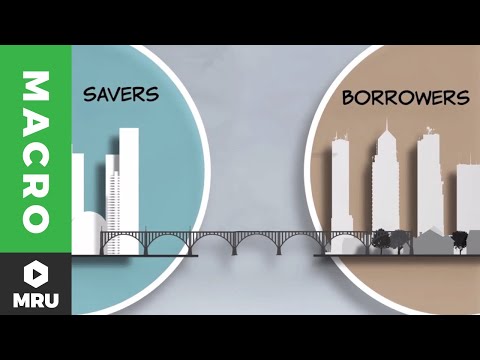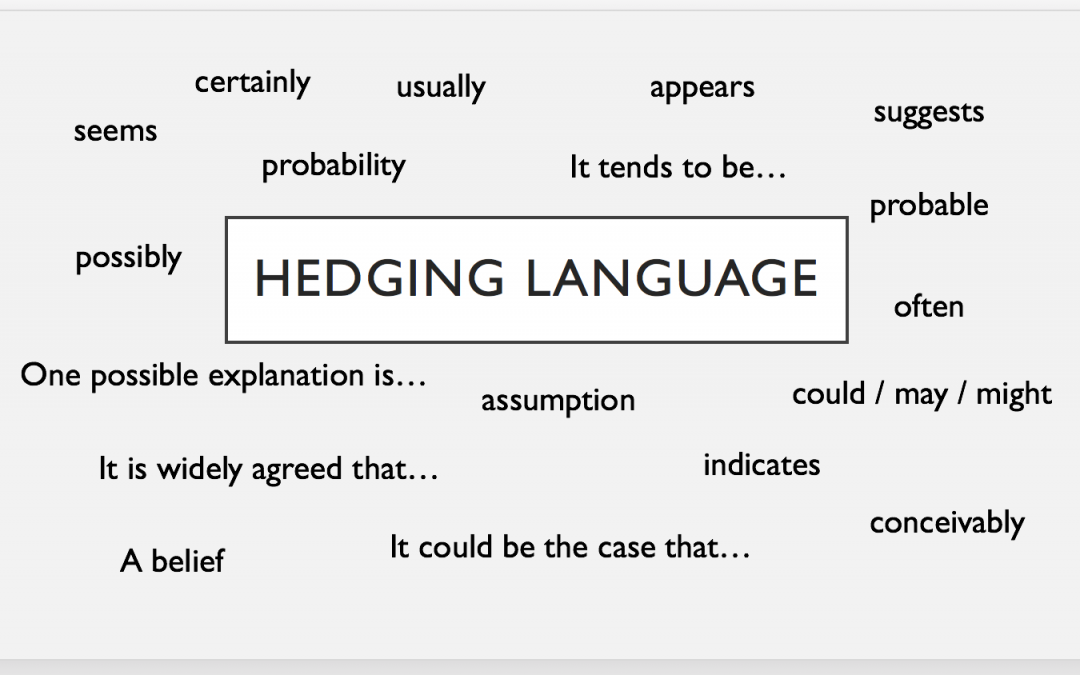






○夢んぼ本部
〒496-8014
住所:愛西市町方町大山田61番1
Tel:0567-25-5913
Fax:0567-55-8120
○第2夢んぼ
〒496-8014
住所:愛西市町方町大山田61番1
Tel:0567-28-1070
Fax:0567-28-1070
○ソーシャルセンター夢んぼ
〒490-1304
住所:稲沢市平和町法立十一丁31番地4
Tel:0567-69-5586
Fax:0567-69-5587
○ワークステーション夢んぼ
第2ワークステーション夢んぼ
〒496-8014
住所:愛西市町方町松川70番地1
Tel:0567-55-7456
Fax:0567-55-7458
○ライフステーション夢んぼ
〒496-8014
住所:愛西市町方町大山田62番1
Tel:0567-31-7811
Fax:0567-31-9171
○ハビリテーションセンター夢んぼ
〒496-8014
住所:愛西市町方町大山田86番地
Tel:0567-69-4448
Fax:0567-69-4446
○青空ヘルパーステーション
〒474 0035
住所:大府市江端町二丁目80番地2F
Tel:0562-74-8883
Fax:0562-74-8884


A value that is less than 1.0 suggests that the demand is relatively insensitive to price, or inelastic. Elasticity measures the sensitivity of change of one variable in response to another, causal variable. We call variables that respond drastically to change as ‘elastic’, and ones that don’t respond a lot as ‘inelastic’.
The fractional change in the dimension of a body is produced by the external stress acting on is called strain. The ratio of change of any dimension to its original dimension is called the strain. Since strain is the ratio of two identical dimensions, therefore strain is a unitless quantity. The constant of proportionality is known as the modulus of elasticity.
The larger the price elasticity of demand, the more responsive quantity demanded is given a change in price. When the price elasticity of demand is greater than one, the good is considered to demonstrate elastic demand. When the quantity demanded drops to zero with a rise in price, it is said that demand is perfectly elastic.
The three major forms of elasticity are price elasticity of demand, cross-price elasticity of demand, and income elasticity of demand. It expresses, in terms of macroscopic quantities, something about the nature of the material. This theory is commonly applied in the analysis of engineering structures and of seismic disturbances. The cross elasticity of demand is an economic concept that measures the responsiveness in the quantity demanded of one good when the price for another good changes.
Most solid materials exhibit elastic behavior, but there is a limit to the magnitude of the force and the accompanying strain within which elastic recovery can be achieved for any given material. Elasticity is present throughout many economic theories, with the concept of elasticity appearing in several main indicators. Elasticity is a general measure of the responsiveness of an economic variable in response to a change in another economic variable. Economists utilize elasticity to gauge how variables affect each other.
Good use of cross elasticity is to measure the change in demand for coffee to a change in tea price. When the forces causing the deformation are removed, the elasticity elasticity definition of the material body can return to its original shape and size. The ability to respond elastically is said to be possessed by a body with this ability.
Thus, it measures the percentage change in demand in response to a change in price. More precisely, it gives the percentage change in quantity demanded in response to a one per cent change in price (ceteris paribus, i.e. holding constant all the other determinants of demand, such as income). Expressing this mathematically, price elasticity of demand is calculated by dividing the percentage change in the quantity demanded by the percentage change in the price. From the law of demand, we know there is an inverse relationship between the price of a product and the quantity demanded. Similarly, if the price decreases, more people will want to buy the goods and demand will increase. The price elasticity of demand measures the percentage change of the quantity demanded relative to its price change.

Economists consider elasticity with a numerical value of zero to be perfectly inelastic. The resistance of a material to a normal stress is described by the bulk modulus, which is the next topic in this section. It is usually represented by the symbol G from the French word glissement although some like to use S from the English word shear instead.
The proportionality constant that relates these two quantities together is the ratio of tensile stress to tensile strain —Young’s modulus. Stresses on solids are always described as a force divided by an area. So capital flows have started returning to India, the exchange rate is bouncing back and forex reserves are being rebuilt.
Investopedia requires writers to use primary sources to support their work. These include white papers, government data, original reporting, and interviews with industry experts. We also reference original research from other reputable publishers where appropriate.

Elasticity refers to the measure of the responsiveness of quantity demanded or quantity supplied to one of its determinants. Goods that are elastic see their demand respond rapidly to changes in factors like price or supply. Inelastic goods, on the other hand, retain their demand even when prices rise sharply (e.g., gasoline or food). Beyond prices, the elasticity of a good or service directly affects the customer retention rates of a company.
The change in shape must surely occur, but to the unaided eye it’s imperceptible. These beneficial compounds can promote better hydration and elasticity of the skin while helping reduce the appearance of wrinkles and blemishes. As a member, you’ll also get unlimited access to over 88,000 lessons in math, English, science, history, and more. Plus, get practice tests, quizzes, and personalized coaching to help you succeed. Moreover, the difference in income elasticities is not necessary for our results, merely amplifying the incentives of the rich region. Second, countries with different elasticities of substitution or union bargaining power may have considerably different stability properties of the equilibrium.
As stated by British political economist David Ricardo, luxury goods taxes have certain advantages over necessities taxes. They are usually paid from income and, therefore, will not reduce the country’s production capital. For instance, when the price of wine products rises due to increased taxes, consumers can give up drinking wine.
Four types of elasticity are demand elasticity, income elasticity, cross elasticity, and price elasticity. Luxury goods often have a high price elasticity of demand because they are sensitive to price changes. If prices rise, people quickly stop buying them and wait for prices to drop.
Also called cross-price elasticity of demand, this measurement is calculated by taking the percentage change in the quantity demanded of one good and dividing it by the percentage change in the price of the other good. In physics and materials science, elasticity is the ability of a body to resist a distorting influence and to return to its original size and shape when that influence or force is removed. Solid objects will deform when adequate loads are applied to them; if the material is elastic, the object will return to its initial shape and size after removal. This is in contrast to plasticity, in which the object fails to do so and instead remains in its deformed state.
Cross Price Elasticity of Demand measures the sensitivity between the quantity demanded in one good when there is a change in price in another good. As a common elasticity, it follows a similar formula to Price Elasticity of Demand. Thus, to calculate it the percentage change in the quantity of the first good is divided by the percentage change in price in the second good. The related goods that may be used to determine sensitivity can be complements or substitutes. Finding a high-cross price elasticity between the goods may indicate that they are more likely substitutes and may have similar characteristics. If cross-price elasticity is negative, the goods are likely to be complements.
The own-price elasticities are all negative, as predicted by the theory. The ultimate effects of initial cost internalization on economic aggregates would have to be modelled according to prevailing price elasticities and technological structures. If the price of tortillas rises in Mexico, poor people will cut back on more expensive foods. They will reduce their meat consumption and consume more tortillas. Veblen goods are luxury goods; demand for them rises when prices go up.
An understanding of elasticity is also important when discussing welfare distribution, in particular consumer surplus, producer surplus, or government surplus. Calculating the price elasticity of a good or service is straightforward. We take the percentage change in demand and divide it by the percentage change of price. Only products and services that do not conform to the law of demand have a positive PED.Giffen or Veblen goods are excellent examples. If the price of bread rises 10% in London, demand for bread does not fall by anywhere near that amount; if at all. If, however, there is no change in demand or supply, or very little change, it is price inelastic.
The concept of cross elasticity of demand refers to the measurement of a specific quantity’s sensitivity in response to the other product’s price change. Economists also refer to this concept as cross-price elasticity of demand. The way to measure it is to take the percentage variation in demanded product quantity and divide it by the other product’s price percentage change.
If a good shows a unit elastic demand, the quantity effect and price effect exactly offset each other. Relative elasticity means that consumers have a certain amount of responsiveness to price changes for every product type. Therefore, we’ll compare two different demand curves to get the relative elasticity. By comparing the demand curve of one good relative to another product, we can determine what is more elastic—i.e., what goods are more sensitive to price changes.
Conversely, the supply of a good will decrease when its price decreases. If the value is below 1.0, it’s an indication that the demand has a relative insensitivity to price. Inelastic means that the product purchasing behavior of consumers does not change when the price rises. Alternatively, we may also determine the factors affecting demand elasticity by considering three “Intuitive factors. Secondly, like a complementary product, there are some commodities that is inelastic as buyer may have proceeding commitment to purchase it in the future, such as vehicle spare part.
